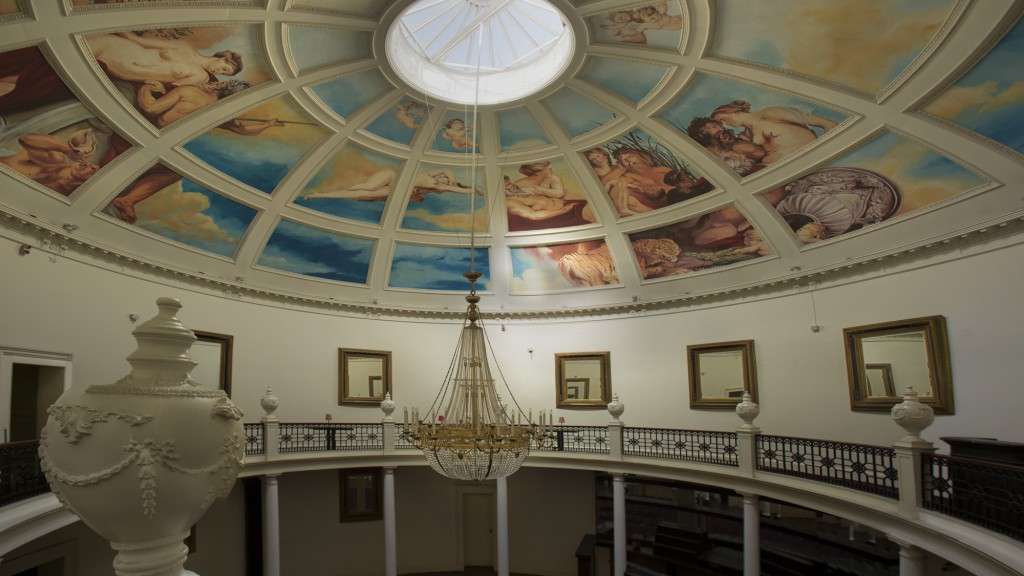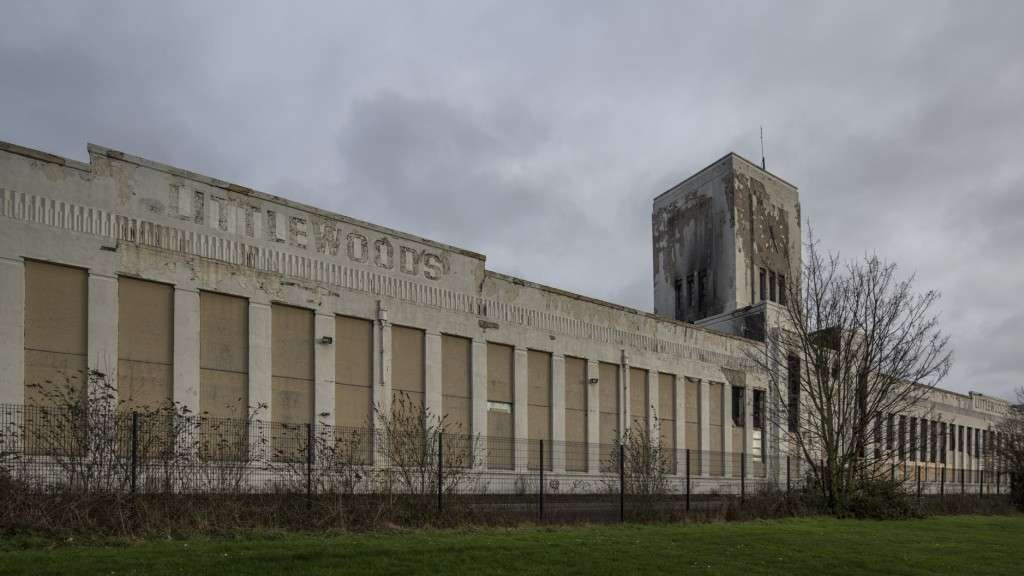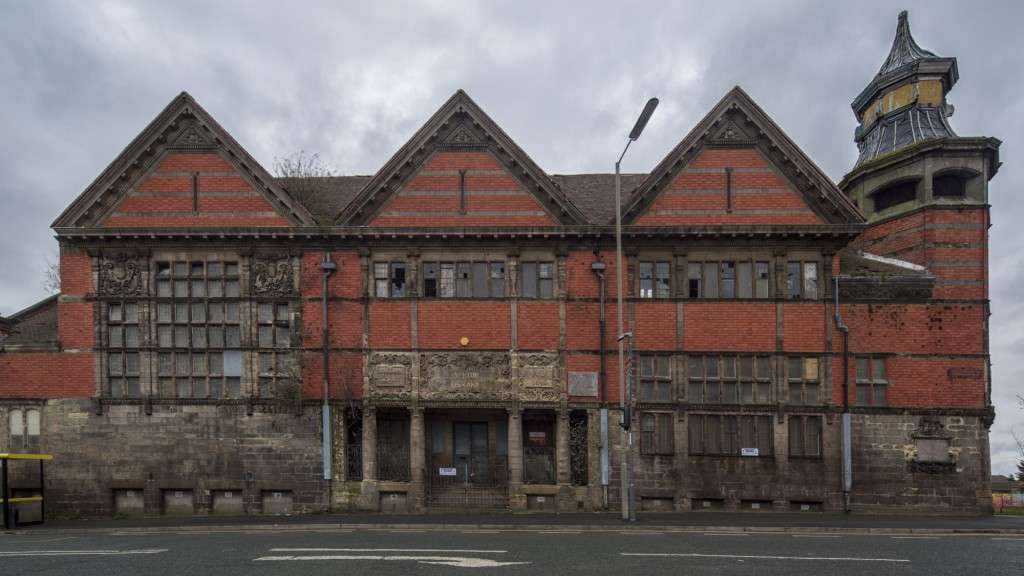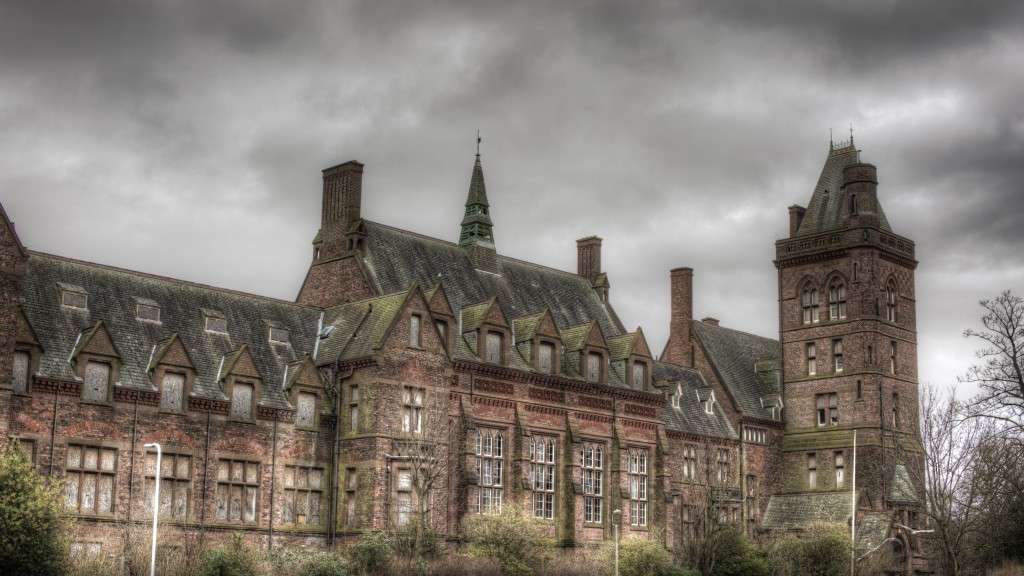Buildings at Risk Round Up September 2024
Liverpool has many architectural treasures and we have followed many through the Buildings at Risk register over the years. Thanks to update volunteer, Jenna Ward, this month we have the latest news on progress from the unexpected new use for the country's first subscription library to the regeneration of famous Littlewoods pools building as a centre for film. However, other well-known buildings such as the beautiful Everton Library and Royal London Seamen's Orphanage do not yet have viable schemes to save them and they continue to be very much at risk.
The Lyceum, Bold Street, Ropewalks, Liverpool L1 4DS
After a lengthy search for new tenants who could use the large and elegant internal spaces of this former gentlemen's library, the grade II* Lyceum in the heart of Liverpool has now been restored and reopened as an entertainment centre housing two crazy golf courses, a 360 degree bar and a games room.
The Lyceum was originally built to house the first gentlemen’s subscription library in England in 1802 to designs by Thomas Harrison of Chester. It subsequently became a gentleman’s club and must have been a most elegant and refined destination. The interior has many grand and beautifully decorated spaces including the large News Room, a circular library with a gallery on reeded Doric columns, an iron balustrade and a saucer dome with decorative plasterwork.
Now located among busy high street shops, its grand porticoed entrance is on a relatively narrow street. The building has been the subject of past campaigns notably Marcus Binney’s call to action in his 1978 piece entitled “Club Together to Save the Lyceum”.
Littlewoods Building, Edge Lane, Fairfield, Liverpool, L7 9LH
Once home to the famous Littlewoods football pools, this landmark building suffered a huge fire in September 2018 which appeared to jeopardise ambitious plans to reinvent the site as a film studio - a Pinewood of the North. Happily however, this did not prove to be the case. We understand that as of summer 2024, remediation teams have been working on the buildings preparing them for repurposing and restoration. The redevelopment represents an important regeneration project for the Council and the Liverpool City Region Combined Authority. The development will be delivered in phases and we understand that a total of £17m has been committed by the authority so far. Film production sound stages, studios, office space and a training facility are planned to be completed on the site by 2026.
The building has had an intesting history. It was built in 1938 in Art Deco style and is located next to grade II* Wavertree Botanic Gardens. It has served many purposes over the years including as a location for Secret Service work and barrage balloon manufacture during the Second World War. In its heyday, the cavernous internal spaces were filled with rows of coupon checkers but fell silent as the National Lottery killed off the football pools and the buildings have been empty since 2003. Under the proposed scheme, the building could once again become an exciting and industrious place where dreams are made. This will be an interesting project to follow.
Everton Library, 25 Beacon Lane, Everton, Liverpool L5 0PJ
The utterly bewitching Everton Library was built in 1896 by City Architect, Thomas Shelmerdine, who was such a prolific builder in Liverpool. The library combined a number of styles and influences including that of the Arts and Crafts movement, with a striking octagonal tower at the corner with two layers of galleries. The interior has decorative iron railings to the balconies and a circular iron stair.
The building is very well known in Liverpool and has been subject to many proposals that have not borne fruit. In February 2019, the council invited interested developers to come forward with proposals on the basis of which the Council would grant a 125-year lease once permission for any scheme had been obtained. More recently, a community group put forward proposals for a multi-purpose hub central to the Everton community. Howerver, we understand that attempts to put together a funding package and bring the desperately needed repair and restoration work this building needs have not been successful so far. We understand that the latest position is that the Council are arranging for a condition survey and there is a urgent need to identify viable alternative uses.
Royal Liverpool Seamen's Orphanage, Newsham Park, Liverpool L3 1LG
Built in 1871-4 to designs by Alfred Waterhouse, this imposing building in a refined French Renaissance style is grade II listed. Waterhouse, the architect of the Natural History Museum and Manchester Town Hall, was originally from Liverpool and so was a local boy though by this time he was based in London.
It was used as a hospital after 1954 but it has remained without a comprehensive use vacant since its auction in 1997 although some of the building is used for ghost-related events, as so many other decayed historic buildings. What is needed is some strategic thinking to enable a future for the building to be defined. Its restoration and reuse could have a significant positive effect on the area in which it is located.
During 2024, there has been growing local concern and frustration that nothing is being done to halt the decay of this important and highly valued landmark building. We understand that the building is owned by owners located overseas who have taken no steps to keep the building in a stable condition or come up with a plan for its comprehensive repair and reuse. The ghost tours are highly unlikely to generate the revenue needed to restore this large site. Earlier this year we heard of a bid to make this building an Asset of Community Value and there has been a University research project to build on existing fascinating archive material. However, the size and condition of the building present a daunting prospect for any local group and the help of local government and outside organisations are crucial to devise a viable solution.




